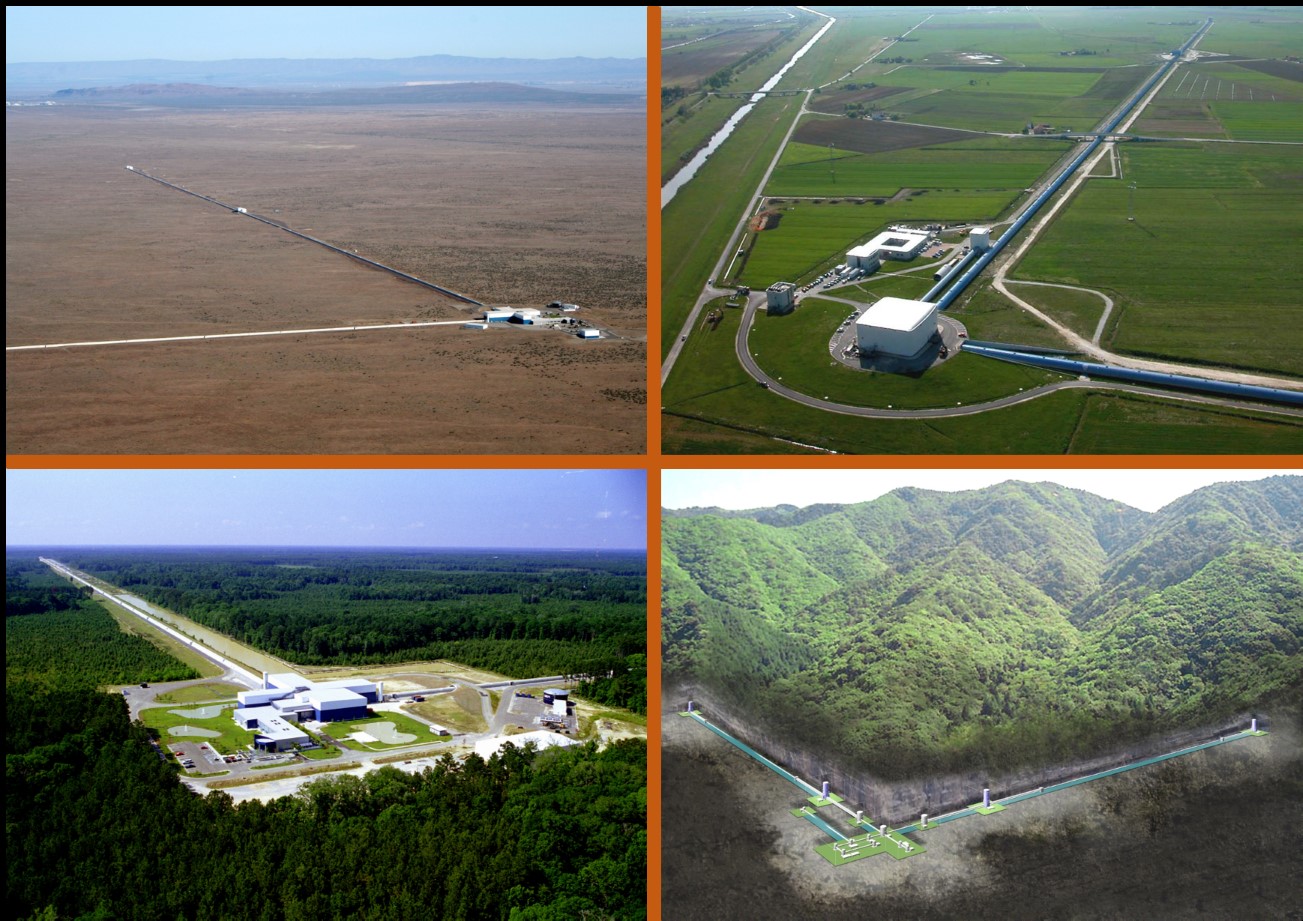The twin LIGO Observatories will soon resume searching for gravitational-wave signals together with their international partners Virgo and KAGRA, and six additional weeks of science observing have been added to the run plan.
The worldwide network of advanced gravitational-wave detectors is in the midst of its fourth observing run, O4, which started on 24 May 2023. The LIGO detectors have been collecting best-ever gravitational wave data since that time, except for a few breaks for site maintenance and detector improvements. The Japanese KAGRA detector collected data along with LIGO at the beginning of the O4 run but then switched to focusing on commissioning and repairs after a January 2024 earthquake to bring the KAGRA detector to higher sensitivity. The European Virgo detector joined the O4 run on 10 April 2024 and collected data together with LIGO until 1 April 2025, when the observing run was paused for a two-month period of site infrastructure work and detector improvements.
With that work completed, commissioning teams are presently working to bring the detectors back to reliable low-noise operation. The projects now expect to resume O4 science observing on 11 June 2025 (one week later than the original target). This will be the first time that the four kilometer-scale detectors — LIGO Livingston, LIGO Hanford, Virgo, and KAGRA — all collect science-quality data at the same time, maximizing the ability of the network to detect and localize gravitational-wave signals. Additionally, the O4 run duration has been extended by six weeks from the earlier schedule, and now is planned to end on 18 November 2025.
Further updates on the LIGO-Virgo-KAGRA run schedule will be posted on the Observing Run Plans web page.

